Caldera (ERA) Project Introduction and Analysis
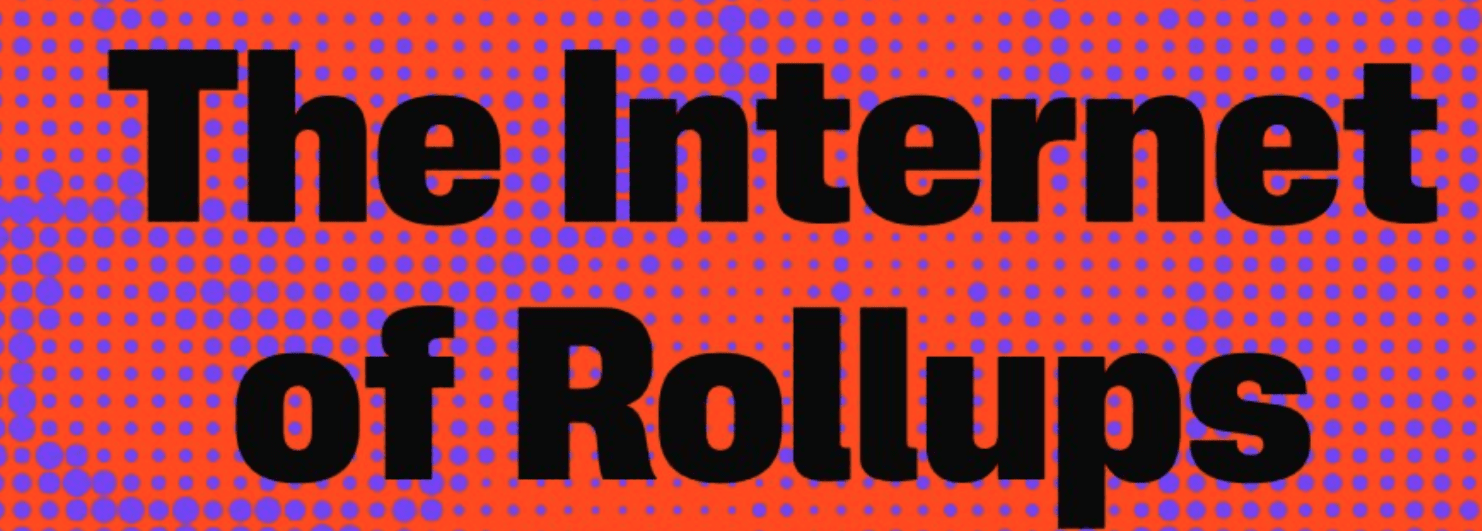
I. Project Overview
Caldera is a blockchain ecosystem based on Rollup-as-a-Service (RaaS), positioned as the 'Internet of Rollups', aiming to solve Ethereum's scalability and interoperability issues through a modular architecture. Its core goal is to provide developers with highly customizable, high-performance blockchain solutions while achieving seamless flow of assets and data through cross-chain technology.
II. Core Technical Architecture
Multi-Protocol Support
Caldera is the only platform in the world that simultaneously supports the three major mainstream Rollup frameworks (Optimism, Arbitrum, and ZK Sync) on the mainnet, allowing developers to choose execution layers (EVM, SolanaVM, etc.), data availability layers (Celestia, Ethereum mainnet, etc.), and payment tokens based on their needs.
Rapid Deployment: Developers can create high-performance Layer 2 or Layer 3 chains within 5 minutes, equipped with an efficient EVM-compatible environment, suitable for scenarios such as gaming, social networking, and DeFi.
Metalayer Technology
Cross-Chain Interoperability Layer, enabling seamless flow of assets and data between different Rollup chains without relying on traditional cross-chain bridges, reducing friction costs.
Supports message passing and asset transfer between any Rollup chains, simplifying the integration process through standardized interfaces.
Performance Optimization
Adopts Rollup technology to batch process transactions and submit them to the main chain after compression, significantly reducing gas fees and increasing throughput.
On-chain capacity is 'never saturated', suitable for high-concurrency scenarios (such as games, metaverse applications).
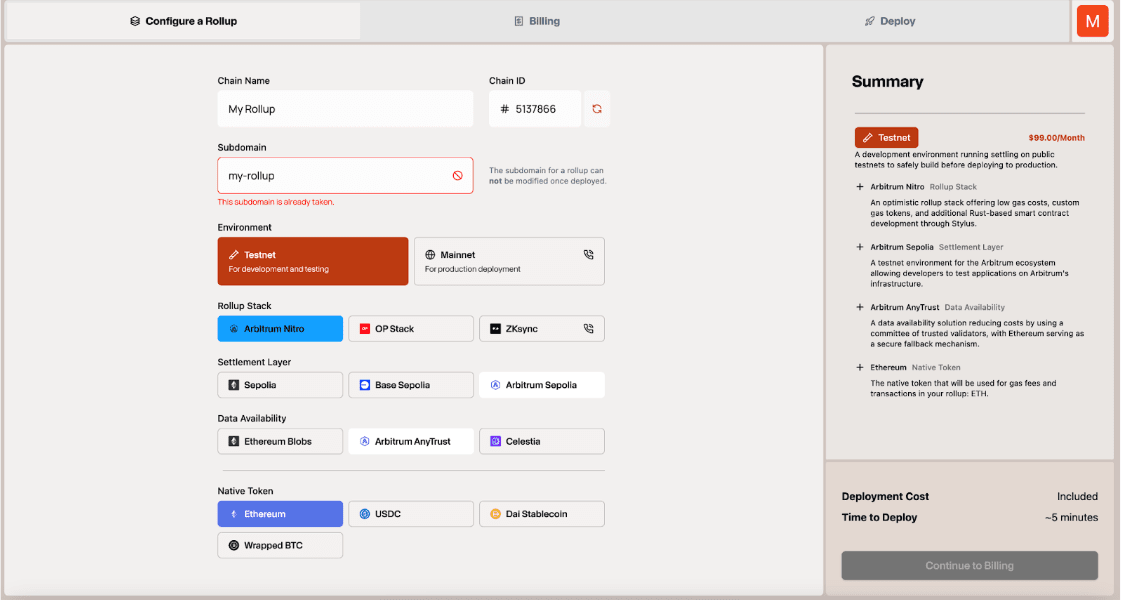
III. Token Model (ERA)
Basic Information
Total Supply: 1,000,000,000 ERA (fixed, no inflation).
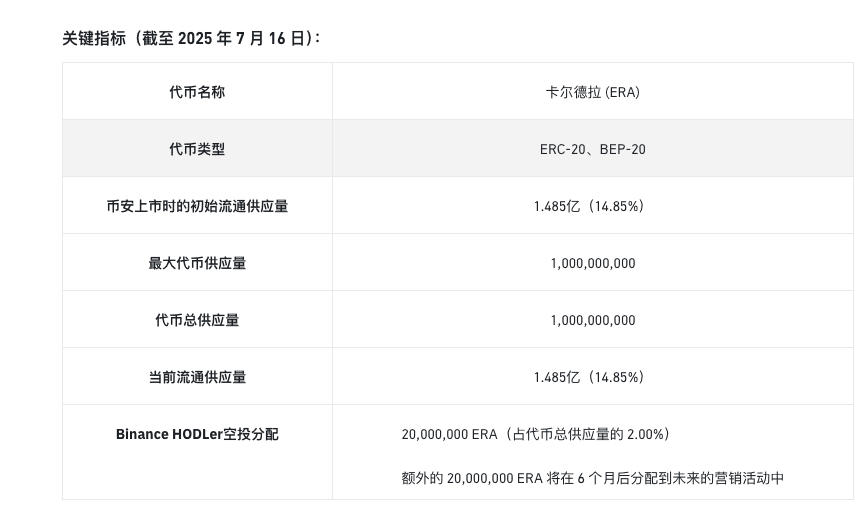
Distribution Mechanism:
Retroactive Airdrop (30%): Rewards early testnet users, developers, and community contributors (the first 250 million ERA has been allocated to over 85,000 users).
Team and Advisors (20%): Unlocks over 2-4 years to ensure long-term commitment from core members.
Investors and Reserves (30%): Supports ecological expansion, strategic partnerships, and project funds.
Ecological Incentives (20%): Used for liquidity mining, developer bounties, and governance rewards.
Functions and Uses
Governance Rights: Participate in key decisions such as Metalayer upgrades, fee parameter adjustments, and ecological fund allocations.
Transaction Payments: ERA can be used to pay transaction fees on the Caldera chain and supports other ERC-20 tokens (such as ETH, USDC, etc.).
Staking and Security: A staking module will be launched in the future, allowing users to participate in fraud proof or data availability verification by staking ERA, enhancing network security.
Ecological Incentives: Developers deploying Rollup or integrating Metalayer can receive ERA rewards, promoting application diversification.
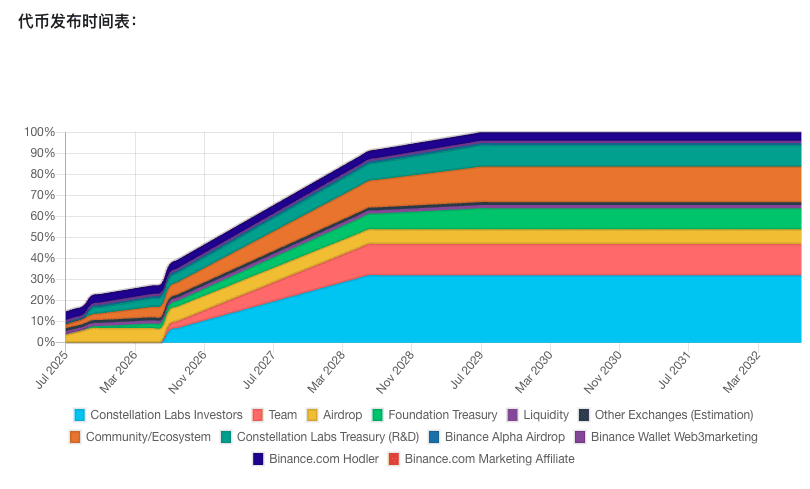
IV. Project Advantages and Challenges
Advantages:
Technological Leadership:
Combining modular architecture with cross-chain interoperability to address Ethereum's scalability bottleneck, Metalayer technology builds a seamless ecosystem.
Supports various Rollup toolkits (such as Arbitrum Nitro, ZK Stack), flexibly adapting to different scenario needs.
Ecological Data and Market Position:
As of March 2025, the total locked value (TVL) of the ecosystem exceeds $600 million, processing 370 million transactions, with 10 million independent addresses, operating 30 chains on the mainnet, accounting for one quarter of Ethereum L2/L3 chains, leading in user numbers.
Received $24 million investment from top institutions such as Sequoia Capital, Founders Fund, Dragonfly Capital, etc., rich in strategic resources.
Market Demand and Trends:
The Ethereum Rollup trend (such as Danksharding) drives demand for expansion, Caldera is at the forefront of this track.
Compatible with compliant chains (such as BSC, Avalanche), laying the foundation for global deployment.
Challenges:
Technical Risks:
The maturity of Rollup and cross-chain technology needs to be verified, and the long-term stability of Metalayer needs observation.
Integration of multiple VMs (such as SVM, FuelVM) may bring compatibility issues.
Market Competition:
The RaaS field is highly competitive (such as Celestia, Conduit), and may face the risk of oversupply.
Continuous innovation is needed to maintain a leading position.
Regulatory Uncertainty:
The evolution of global crypto policies may affect the circulation and value of ERA, requiring attention to compliance dynamics.
V. Market Performance and Predictions
Launch Situation: Launched on Binance on July 17 (opened trading pairs USDT, USDC, BNB, FDUSD, TRY).
Short-term Strategy: Need to be wary of the sell-off risk brought by Binance airdrops and market activities, suggest focusing on the rhythm of ecological application landing.
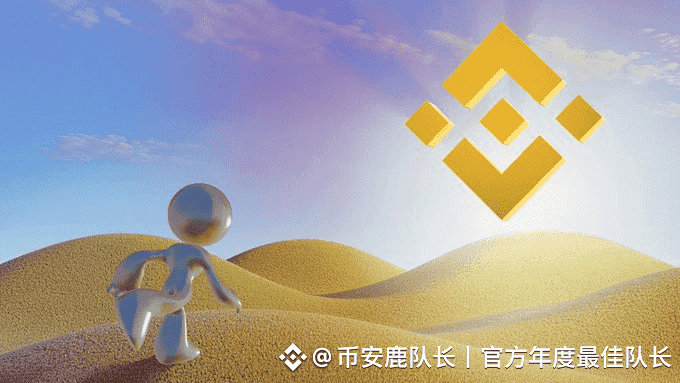
Register on Binance using invitation code: DBQAREOK
Follow me for periodic updates on various project information!
https://www.marketwebb.link/zh-CN/join?ref=DBQAREOK